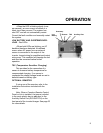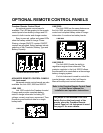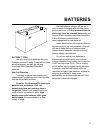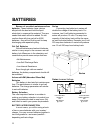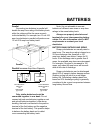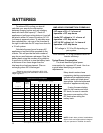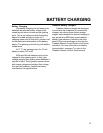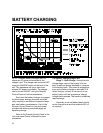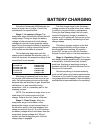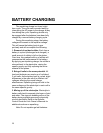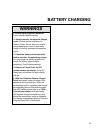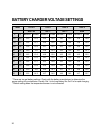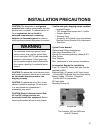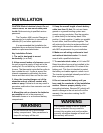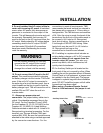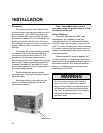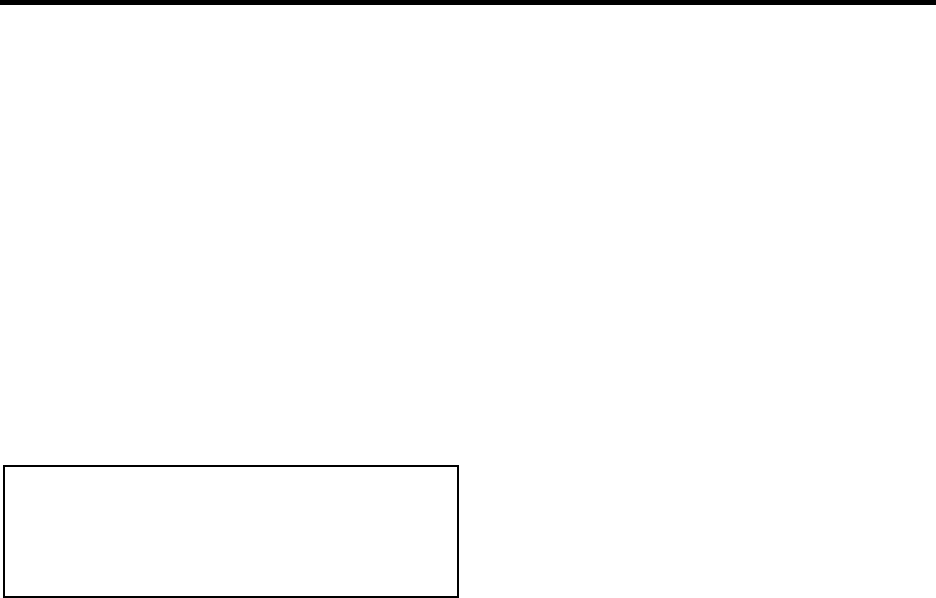
17
Gel cell and Advanced AGM batteries can
accept a higher rate of charge. Consult the
manufacturer for specifications.
Stage 2 - Acceptance Charge The
acceptance stage immediately follows the bulk
charge stage. During this stage the battery
voltage is held constant at the bulk charge
voltage limit and the current gradually ramps
down. During this stage the battery is accepting
its final amount of charge current and the last
of the sulfate on the plates is removed.
The acceptance stage lasts until the
charge current reaches the transition point. A
timer will terminate the acceptance stage if this
current level is not reached.
BATTERY CHARGING
Maximum acceptance time is one hour
for wet and AGM cells and three hours for gel
cells. Gel cell acceptance time can be longer
because they are less likely to gas. Expect wet
cell batteries to gas somewhat during
acceptance—this is a necessary part of the
charging process.
NOTE: The acceptance stage timer is not
used when Link Instruments control the
charger. Refer to the Link Owner’s Manual.
Stage 3 - Float Charge When the
acceptance stage is terminated, either
because the charge current ramped down to
the transition point or the timer engaged, the
charge current will shut off. The unit monitors
the battery voltage while it drifts down from the
acceptance charge voltage limit. When it
reaches the float voltage set point, the float
charge stage is engaged.
The float charge stage holds the battery
voltage constant at a preset lower level, where
it is safe for long-term battery maintenance.
During the float charge stage, the full output
current of the battery charger is available to
operate any DC appliances that may be on the
system, while constantly maintaining the float
charge voltage.
The battery charger remains in the float
charge stage indefinitely until the charger is
disconnected from incoming AC power or
turned OFF on the unit or with the Freedom
Remote Control Panel or Link Instrumentation.
Stage 4 - Equalizing Charge This is the
only battery charger stage which is not engaged
automatically. It must be manually initiated
each time. Applying an equalizing charge is
possible only with a Freedom Remote Control
Panel or Link Instrument.
Periodic equalizing is recommended by
most wet cell deep-cycle battery manufacturers.
There are no firm rules for how often an equal-
izing charge should be applied. Follow the battery
manufacturer’s recommendations for equalizing.
Freedom 10
Freedom 15 & 15D
10 Ampere DC
12 Ampere DC
15 Ampere DC
ACCEPTANCE TO FLOAT TRANSITION POINTS
Freedom 20 & 20D
Freedom 25
Freedom 30
15 Ampere DC
15 Ampere DC



